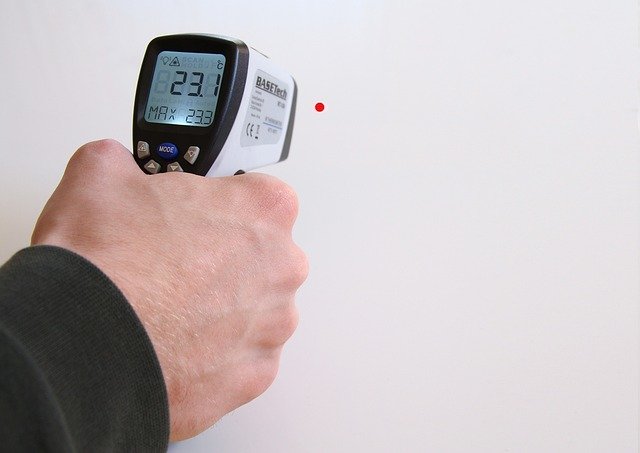Unlocking the Untapped Potential of Breathing for Better Health
Breathing is an unconscious process that we often take for granted. But did you know that by gaining control of your breath, you can potentially improve your physical and mental health in remarkable ways? This article takes a deep dive into the science of breath control, exploring its benefits, challenges, and how you can incorporate it into your daily life.

The Ancient Practice of Breath Control
Breath control, or pranayama, has its roots in ancient Indian practices. Its philosophy revolves around the belief that breath is a source of life energy or prana. Over time, science has begun to support this ancient belief, revealing that proper breath control can have significant health benefits.
The Science of Breath Control
Research has shown that controlling your breathing can help reduce stress, improve focus, and even aid in physical recovery. This is because slow, deep breathing stimulates the vagus nerve, a part of the autonomic nervous system that helps regulate heart rate and digestion, among other things. This stimulation leads to a physiological state of rest and digest, reducing stress hormones in the body.
Current Trends in Breath Control
Today, breath control is gaining popularity as a wellness trend, with apps and wellness coaches offering guided breathing exercises. However, it’s important to ensure these practices are rooted in science. Look for programs that emphasize slow, deep breathing and avoid hyperventilation, which can actually increase stress.
The Benefits and Challenges of Breath Control
Breath control can have numerous benefits, from reducing anxiety to improving cardiovascular health. However, it’s not a cure-all and should be used as part of a comprehensive wellness strategy. Additionally, it can be challenging to incorporate into a busy lifestyle. To overcome this, try setting aside 10 minutes each day to practice.
Quick Breathing Techniques for Better Health
-
Box Breathing: Inhale for a count of four, hold for a count of four, exhale for a count of four, and hold again for a count of four. Repeat.
-
4-7-8 Breathing: Inhale for a count of four, hold for a count of seven, and exhale for a count of eight. Repeat.
-
Belly Breathing: Place one hand on your chest and the other on your belly. Breathe in deeply through your nose, allowing your belly to push your hand out. Exhale through your mouth, feeling your belly contract. Repeat.
In Conclusion
Breath control is an ancient practice with modern science backing its health benefits. By incorporating simple breathing exercises into your daily routine, you can harness the power of your breath to improve your physical and mental health. Remember, it’s not about perfection, but progress. Start small and be consistent – your breath is a powerful tool, learn to use it wisely.





